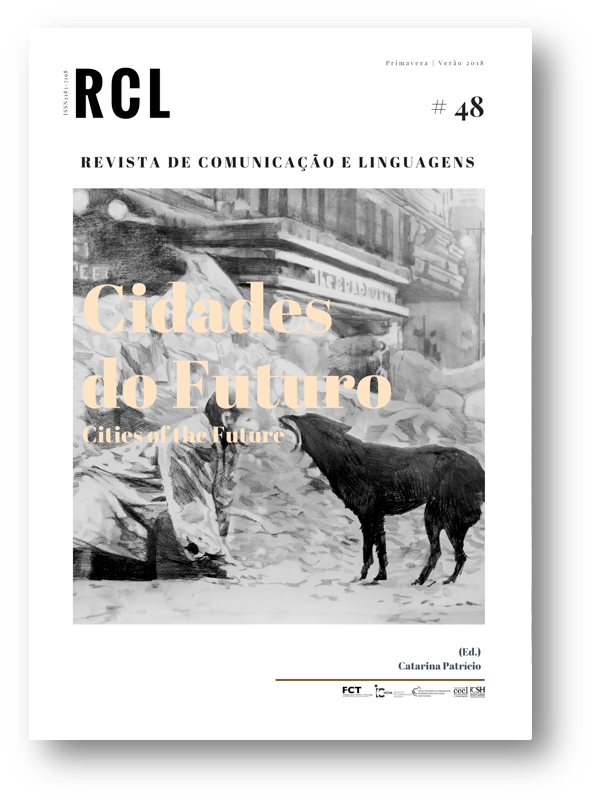WOULD URBAN CULTURAL HERITAGE BE SMART? CULTURE AS A LAND FACTOR AND ITALIAN CITIES’ SMARTNESS
Resumo
The issue of cultural heritage and the topical subject of “smart cities” don’t seem to be a perfect match when it comes to the prevailing definitions of the nature of cities’ smartness. The strong accent and focus on information production and management — then ICT centrality — in basically any mainstream definition of smart cities overemphasises the computing version of intelligence, a version which represents an enduring research study field of cognitive science: the idea that human cognition is basically dependent on logic and calculation, then it can be studied and simulated by computing machines.
The essay adopts a different notion of smartness: one which associates brains, bodies, and things, according to the “extended-distributed mind” and “material engagement” approaches. In such a perspective, urban cultural heritage reveals itself as the core of cities’ intelligence: as the living interplay of bodies, minds, and urban built environment all interacting in giving birth to what is usually called “intangible cultural heritage”.
To develop such an approach, focusing on the current trend of regeneration projects in Mediterranean cities, the essays at first debunks the idea of urban cultural heritage as an (almost exclusively) economic asset, which mistakes city’s smartness (or “creativity”) for the conscious dependency on monopoly rent market laws and tourism flows and fluctuations.
Secondly, the essay presents an example of complexity of urban cultural heritage, namely the Italian one, outlining the cultural, geographical, and historical contexts from which it comes, in order to exemplify why considering to make a city ‘smart’ (or enhance its supposed smartness) in concentrating projects and resources primarily on ICT technologies is meaningless: because the relations put in place by urban cultural heritage are webs of connectivity to be studied taking into account their wholeness.
Finally, on the ground of the underlying assumption that cities are the oldest known form and model of artificial intelligence (within the framework of the “extended- distributed mind” and “material engagement” theories), the essay points out the urgent necessity of interdisciplinary research projects being able to look at the interrelations among all cities’ parts (including peripheries, decaying zones, suburbs), to bring out the potential smartness any city has.
Starting from urban cultural heritage as the very core of cities’ mind, meant as a coevolving assemblage of built environment (urbs, the city of stones) and people (civitas, the city of human beings), research can play a major role in hampering the speculative exploitation of urban milieus.
cultural heritage, place/space, cities’ smartness, artificial intelligence, geography, extended-distributed mind, material engagement theory.
Direitos de Autor (c) 2018 Revista de Comunicação e Linguagens

This work is licensed under a Creative Commons Attribution-NonCommercial 4.0 International License.


